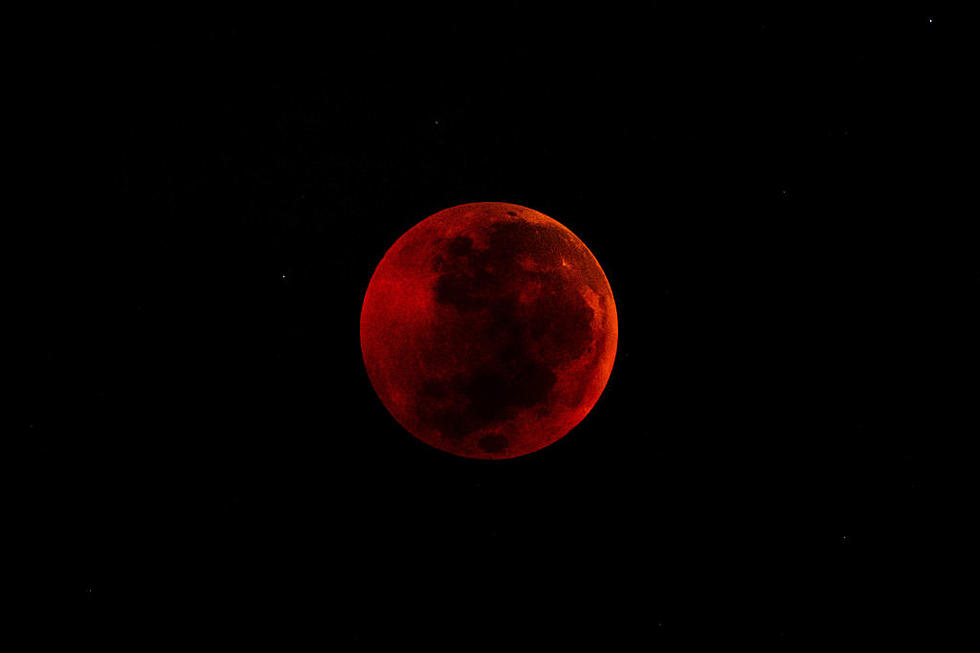
A Giant Super Blood Moon Is Coming
Towards the end of January, we'll see a rare event as a total lunar eclipse is set to happen when the Moon is at its closest to Earth.
During the morning hours of January 21, 2019, we'll get a look at a 'Super Blood Moon,' which will not visible again for almost 20 years.
The eclipse will be visible in North America just after 2:30 a.m. as the moon passes into Earth's shadow, and should last about 5 hours, until 7:48 a.m.
The 'maximum eclipse' will happen at about 5:15 a.m.
IFLScience.com explains how and why the Moon will appear blood red:
A total lunar eclipse occurs when the Earth, Sun, and Moon are in syzygy alignment, the Greek word for being paired together, when the Earth comes between the Sun and Moon, covering the Moon in its shadow. The varying stages of Earth’s three shadows, known as the umbra (the darker, central part), the penumbra (the outer part), and the antumbra (the partly shaded area beyond the umbra), dictates what sort of eclipse will occur – in this case, the umbra. When this happens, the Moon can turn a coppery red – hence the nickname Blood Moon – as light passing through the Earth’s atmosphere is refracted back towards the Moon. Its color during totality depends on dust found in the Earth’s atmosphere at the time, which blocks out higher frequency blue waves and allows longer red waves to come through, and can range from a deep, dark red to lighter hues of orange and yellow.
So if you set an alarm or stay up really late, you'll be able to see the Moon look giant and blood red at the same time!
Just do me a favor and snap me a few pictures, cuz I'll be asleep.
More From Big Frog 104









